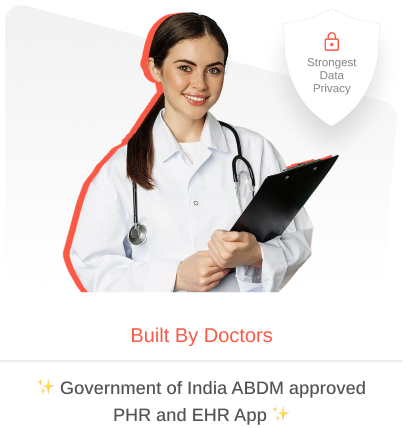Educating Patients on Patient Portals and Health Apps: A Step-by-Step Guide
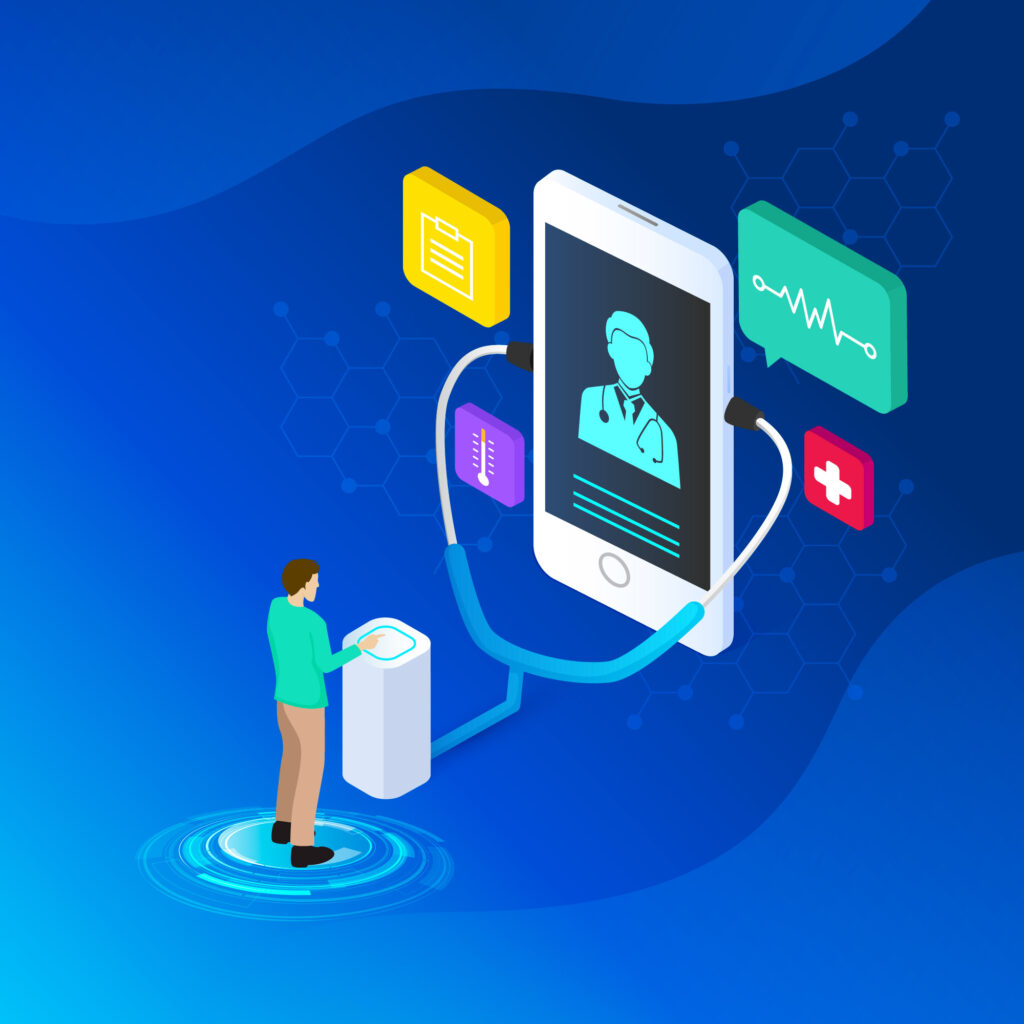
The rapid digital transformation of the healthcare system has revolutionized i.e. how medical services are delivered and consumed. From online appointment scheduling to real-time access to medical histories, technology allows both providers and patients in unprecedented ways. At the heart of this evolution are patient portals and mobile health applications—tools that put important health information directly into the hands of patients. Patient portals serve as secure digital ways where individuals can access their medical records, lab results, prescriptions and communicate with healthcare providers. Mobile health apps extend this functionality by enabling users to track vitals, set medication reminders, and monitor chronic conditions on the go. Despite their growing availability, the effective use of these tools depends largely on how well patients understand and engage with them. That’s why education of patient portals plays a very important role. Empowering patients to navigate these platforms confidently leads to better communication, improved treatment and more informed decision-making. Moreover, it improves the overall efficiency of the electronic health record systems and ensures smooth health information management. In this guide, we’ll explore a step-by-step approach to educating patients on using digital health tools, featuring Roojh—a modern, intuitive hospital management software built to simplify patient engagement and make digital healthcare more accessible to everyone. Why is Educating Patients Essential? As the healthcare system increasingly adopts digital tools, one challenge occurs in how patients know how to use digital health tools. Despite the availability of patient portals and mobile health apps, many patients struggle with accessing and navigating these platforms due to barriers like limited technological literacy, fear of data misuse, language limitations, and lack of reliable internet access, especially in rural areas. According to a 2023 survey by the Office of the National Coordinator for Health Information Technology (ONC), nearly 40% of patients reported feeling overwhelmed or confused when using online health systems for the first time. For elderly populations, this number increases significantly due to unfamiliarity with digital interfaces. This digital divide directly affects patient engagement in turn to health outcomes. When patients lack the confidence or knowledge how to use health technologies, they miss critical updates, delay medication adherence or skip follow-ups, all can affect recovery or chronic disease management. Educating patients addresses these gaps by promoting digital literacy and enhancing overall trust in the healthcare system. It transforms passive patients into active participants in their care journey, leading to improved communication, greater transparency and better management of personal health information. From a provider’s perspective, this also supports more efficient health information management. When patients know how to update their records, track their symptoms, or share relevant data through portals and apps, it reduces the administrative burden on clinics and ensures a more accurate and holistic view of the patient’s health history. In practical, solutions like Roojh offer user-friendly interfaces and step-by-step guidance that make the adoption of these digital tools easier. Hospitals using Roojh have seen a measurable increase in patient satisfaction and participation, simply by investing in basic onboarding and tech education during appointments. By closing the knowledge gap, patient education becomes the foundation of truly connected and patient centered digital care. Step-by-Step Patient Education Framework Step 1: Awareness and Introduction The first step in patient education is simply making them aware that these tools exist and can make their lives easier. Most patients still rely on traditional methods like calling the clinic or visiting in person to check appointments or access test results. That’s why creating awareness through multiple channels is essential. Hospitals and clinics using Roojh can leverage flyers at reception desks, SMS notifications post-appointment, and direct physician recommendations during consultations to introduce the benefits of patient portals and mobile health apps. This multichannel approach ensures patients are informed in a way that’s accessible to them. Highlighting features like 24/7 access to records, reduced paperwork, and faster communication can help patients understand the immediate benefits of using Roojh. Visual branding, such as posters with QR codes leading to the app download, can boost engagement at clinics. By positioning Roojh not just as a patient management software but as a personal health assistant, healthcare providers can build curiosity and motivate patients to take the next step. Step 2: Easy Onboarding and Registration Once awareness is created, the next important step is onboarding. The sign-up process should be simple, secure, and stress-free. Roojh streamlines this experience with one-click sign-ups and OTP-based logins, removing the common friction points that discourage new users. At the clinic level, front-desk staff or health navigators can guide patients through their first login. Hospitals can set up digital kiosks or assign tech-savvy staff to assist with app downloads and profile creation, ensuring no patient is left behind. Roojh’s intuitive design is built for inclusivity, offering an interface that doesn’t require tech expertise. Clean layouts, simple menus, and easy to understand icons make navigation more easy. Smooth onboarding sets the tone for a positive digital experience and reduces drop-off rates. When patients feel confident using Roojh from the start, they’re more likely to use it regularly to manage appointments, lab results, and prescriptions which are the key components of any good patient management software. Step 3: Hands-On Training Training patients to use health portals effectively ensures they fully understand the app’s capabilities and can maximize its use. Roojh encourages hands-on learning through a combination of group classes and visual learning tools. Hospitals can organize small workshops in waiting areas, where trained staff demonstrate how to book appointments, check lab reports, and request medication refills using the app. Additionally, personalized sessions can be offered to patients needing extra help, such as elderly users or those with limited tech experience. Instructional videos and printed booklets available in clinics help reinforce learning after the session. Roojh also supports touchscreen kiosks, allowing patients to interact with a demo version before committing to the full platform. Step 4: Demonstrate Key Features Understanding what the app can do is important. Patients are more likely to stay engaged when they see the value of the
Electronic Health Records vs. Hospital Management Software: What’s the Difference?
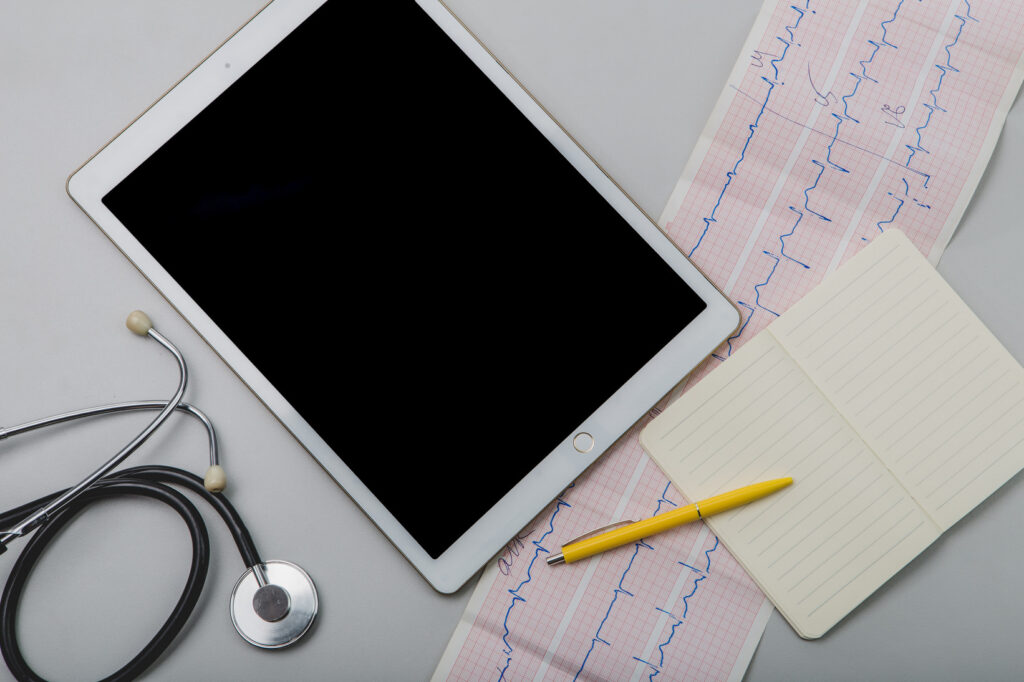
The healthcare industry has observed a significant change with the adoption of various digital tools that improve efficiency and patient care both. Among these health tools, electronic health records (EHR) and hospital management software (HMS) plays a very vital role in smooth medical processes. Along this, both tools have some essential functions which cater to different aspects of healthcare administration. To implement the right technology within a healthcare management system, first we have to understand their basic difference with their features which is necessary for.healthcare providers Electronic Health Records The EHR stands for Electronic Health Records, which records a patient’s whole paperwork in the digital form and replaces the traditional paperwork. These platforms assemble medical history, treatment plans, prescriptions, lab results, and diagnostic images, ensuring easy access to critical data and more. EHR is a well-integrated system that definitely improves clinical decision-making by providing real-time updates on patient health status. Along with this, it ensures conformity with regulatory standards, and provides smooth communication between medical departments and external healthcare institutions and ensures good care. Features and Benefits of EHR Hospital Management Software THe HMS stands for Hospital Management Software, that provides a more comprehensive solution that goes beyond medical records. It integrates various administrative and clinical functions within a healthcare management system, facilitating hospital workflows, patient engagement, and operational efficiency. This software streamlines with the best features like appointment scheduling, billing, resource allocation, and inventory management too. HMS is the combination of multiple functionalities as it improves coordination among different departments, better optimizing service delivery and improving healthcare outcomes. Features and Benefits of HMS Key Differences Between EHR and HMS Aspect Electronic Health Records (EHR) Health Management Software (HMS) Main Function Manages patient medical records Smoothly maintains administrative and clinical operations Scope Focuses on patient history and medical data Focus on scheduling, billing, inventory, and resource management User Base Healthcare providers and specialists Hospital administrators, doctors, and support staff Interoperability Connects with other medical institutions Integrates various hospital departments Regulatory Compliance Ensures data security and privacy Supports operational compliance with healthcare laws How to Decide the Right Solution for Healthcare Facilities Selecting between these two technologies depends on the specific needs of a healthcare facility. Hospitals or institutions, want to maintain efficient data recording and restore patient care will benefit from EHR. However, institutions looking to optimize operations, manage financial transactions, and improve workflow efficiency require a healthcare management system move with HMS functionalities. Outcome The successful integration of digital solutions ensures perfect healthcare delivery and better patient experiences. EHR plays a pivotal role in clinical documentation and regulatory compliance, while HMS offers a broader scope by managing overall hospital operations. While deciding the appropriate solution, it totally depends on organizational requirements and long-term goals. An effective software for hospitals combines the strengths of both, ensuring enhanced efficiency, improved patient outcomes, and a well-coordinated medical environment.
Hospital Management Software vs. Traditional Systems: Which is Better?

The modern healthcare industry, hospitals and medical institutions face significant challenges in managing their operations efficiently. Previously, to handle patient records, billing, and administrative processes, hospitals concentrated on manual working and paperwork. However, with the evolution of hospital management software, healthcare facilities are shifting towards digital solutions to enhance productivity and patient care. In this blog, we will compare hospital management software with traditional hospital systems, highlighting their advantages, disadvantages, and the impact they have on hospital administration and patient experience. Traditional Hospital Management Systems The traditional hospital management systems prefer to do manual working. Previously people manually did recording of patient data, documentation, billing, managing appointments and inventory, etc. Key Features of Traditional Systems Challenges of Traditional Systems Hospital Management Software The modern Hospital management software (HMS) is a digital solution designed to automate and make it easy to handle hospital operations, improving efficiency, lessening errors, and improving patient care. The HMS integrates multiple sections of the hospital like patient registration, appointment scheduling, billing, inventory, and electronic health records (EHRs). Key Features of Hospital Management Software Comparing Traditional Systems vs. Hospital Management Software Basis Traditional Hospital System Hospital Management Software Patient Records Paper-based, chances to loss data Digital, secure, easy to maintain Appointment Scheduling Do manual which is time-consuming Automated and do real-time scheduling Billing & Payments Do manually and have higher chances of errors Integrated system, automated and error-free Data Accessibility Limited to files in the hospital Data can be accessible from anywhere, anytime Operational Efficiency Requires more staff and effort Streamlined automated workflow Telemedicine This option not available, you have to go directly to the medical shop Proper integrated telehealth services with consultation Why Are Hospitals Moving Towards to Hospital Management Software? For providing better healthcare services and their growing patients demands and regulatory compliance requirements, hospital management software is becoming the preferred choice over traditional methods. Here’s why hospitals are making the switch: Better Patient Care & Engagement: A hospital management system improves patient experience through faster registration, quick access to medical records, and digital prescriptions. Patients can book appointments online, reducing long wait times and improving satisfaction. Higher Accuracy & Reduced Errors: Manual hospital systems have more chances of human errors in billing, record-keeping, diagnosis, etc. But due to HMS software, the things are automated and ensure accurate medical records, billing, and reporting. Improved Hospital Administration: A software for hospital management integrates all departments and improves communication between the doctors, nurses, pharmacists, and administrative staff. All these results in better coordination and helps to make better decisions. Cost Savings & Resource Optimization: With the help of hospital management software, hospitals save their operational costs by reducing paper-based work, minimizing manual labor, and optimizing resource allocation. Compliance & Data Security: In HMS, there are advanced security features like encryption and multi-factor authentication to ensure patient data safety. Also HMS solutions are designed to comply with healthcare regulations such as HIPAA, NABH, and GDPR. Read More: Hospital Management Software: Transforming Healthcare Operations The Future of Hospital Management: Digital Transformation The adoption of hospital management software is not just a trend; it is the future of healthcare. Emerging technologies such as AI-powered analytics, cloud computing, IoT-based health monitoring, and blockchain for medical records are shaping the next generation of hospital management solutions. Conclusion: Which is Better? While traditional hospital management systems have been in use for decades, they come with several limitations such as inefficiency, errors, and high operational costs. On the other hand, hospital management software offers a scalable, secure, and automated solution that enhances hospital operations, reduces costs, and improves patient care. If you are a hospital administrator looking to transition to a hospital management system, now is the right time to embrace digital transformation and future-proof your healthcare facility with Roojh. Ready to upgrade your hospital operations? Contact us today to learn more about the best hospital management software for your needs!
The Essential Role of Hospital Management Software in Modern Healthcare

In today’s fast-paced healthcare environment, efficiency and accuracy are more important than ever. With the growing demand for better patient care and streamlined operations, hospitals and clinics are turning to technology to bridge the gap. Hospital management software (HMS) has emerged as a cornerstone of modern healthcare, revolutionizing how facilities manage their daily activities. What is Hospital Management Software? Hospital management software is an integrated solution designed to streamline and automate the various operational processes in healthcare facilities. It covers a broad spectrum of functionalities, including patient registration, appointment scheduling, medical record management, billing, and more. By bringing these processes under one roof, HMS minimizes errors, saves time, and enhances the overall efficiency of the institution. Key Benefits of Hospital Management Software Roojh: A Comprehensive Hospital Management Solution One of the standout players in this field is , a state-of-the-art hospital management software designed to meet the diverse needs of healthcare providers. Roojh offers a comprehensive suite of features that enhance both patient care and operational efficiency. Why Roojh’s Stands Out? Roojh is designed with flexibility and scalability in mind, making it suitable for healthcare facilities of all sizes. Its intuitive design ensures that both staff and administrators can adapt to the system with ease, reducing the learning curve and improving productivity. Additionally, Roojh’s emphasis on security and compliance gives healthcare providers peace of mind, knowing that sensitive patient data is well-protected. Roojh’s telemedicine integration has been particularly impactful in today’s healthcare landscape, enabling facilities to reach a broader patient base and provide care without geographical constraints. Its patient-centered approach ensures a seamless experience for both patients and providers, making it a preferred choice for modern healthcare facilities. Read More: Hospital Management Software: Transforming Healthcare Operations Why Hospital Management Software is Important in Modern Healthcare? The healthcare industry is no stranger to challenges. From managing patient influx to ensuring data accuracy, hospitals face constant pressure to deliver better outcomes. Here’s why hospital management software is indispensable: Conclusion Hospital management software is transforming the healthcare landscape by making operations more efficient, transparent, and patient-centric. Solutions like Roojh are at the forefront of this transformation, empowering healthcare providers to deliver exceptional care while managing resources effectively. Roojh not only addresses the operational challenges of healthcare facilities but also equips them with the tools needed for future growth. With its comprehensive features and patient-focused approach, Roojh is setting a new standard for hospital management software, making it an essential component of modern healthcare.
Hospital Management Software: Transforming Healthcare Operations
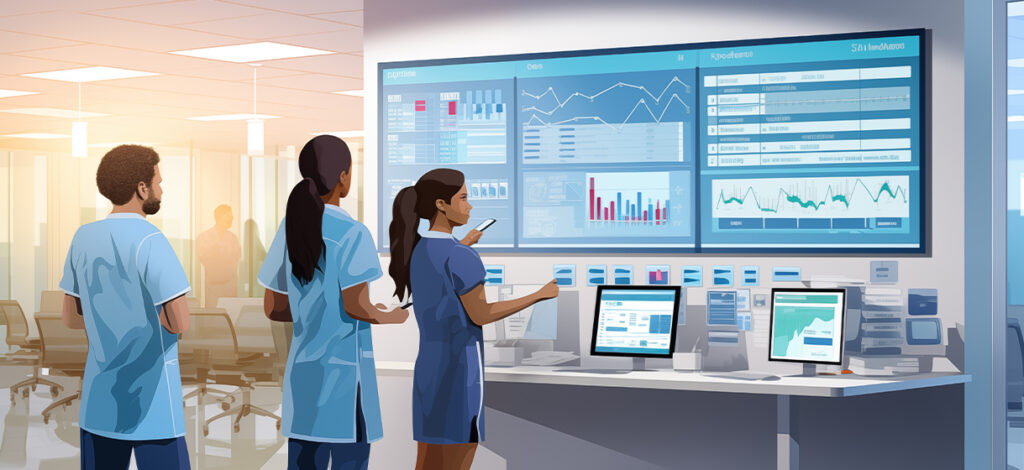
As the healthcare-theatre grapples with the disparities, there is no question that efficiency, accuracy, and smooth patient care will be the way to go. Hospital Management Software is a technological revolution that will help healthcare providers meet the latter’s needs. It performs operations in patient care where everyday activities will streamline operations, improve patient care, and optimize administrative tasks. Understand the importance of hospital management software in terms of features, and how it is reinventing the hospital industry. What is Hospital Management Software? Hospital Management Software is a complete digital solution for the day-to-day functioning of hospitals, clinics, and other health-care institutions. From patient registration to discharge, billing, medical records management, appointment scheduling, and inventory tracking, HMS simplifies and automates a variety of functions for improved efficiencies and accuracy. Features of Hospital Management Software Patient Management Patients can register, schedule appointments, and manage their medical history through a streamlined process. A centralized database for quick access to patient information. Electronic Medical Records (EMR): Images patient records digitally so they are available anytime, anywhere. data and confidentiality guaranteed. Billing and Financial Management Auto Payment for billings including claims and tracking insurance payments. Error reductions and financial transparency. Appointment Scheduling: Scheduling is much easier for both the patient and the providers of health services. Minimized appointment conflicts and waiting times are reduced. Inventory and Supply Management Tracks the inventory level of medicines, equipment, and supplies. Timely facilitation of procurement and avoidance of stock outs. Laboratory and Diagnostic Management Integrates laboratory and diagnostic workflow. It helps in reporting that is fast and accurate. Analytics and Reporting Provides in-depth insights into hospital operations. Doing in a way that supports making decisions based on data. Benefits of Hospital Management Software Better Patient Care By reducing the administrative load on the healthcare providers, they can devote more time and energy to patient care. Roojh – Your ultimate Hospital Management Solution It is Roojh that will serve you best when in search of the most trusted-hospital management software. Roojh has a broad set of the best features crafted to meet the unique needs of hospitals and healthcare providers. It has a user-friendly interface and strong functionality with a focus on securing data; therefore, it is preferred by healthcare institutions as they want to modernize operations. The reason that most Hospitals choose Hospital Management Software is; Since the healthcare industry always tends to face the threats of increasing patient satisfaction and improved mortality while constraining costs, Hospital Management Software does as follows: ● It provides real-time access to critical information● It reduces paperwork as well as manual errors● It improves adherence with regulatory standards Read More: The Essential Role of Hospital Management Software in Modern Healthcare Conclusion Hospital Management Software is actually a necessity today in one’s health care environment and not an option. The healthcare provider can now adopt a solution such as Roojh to streamline the operations within hospitals so that better care can always be given to the patient and, in this way, keep a hospital ahead of others in this profession. Be part of the promising future of health care, enjoy hospital management software and experience how it transforms your facility.
How Healthcare Management Systems Enhance Patient Care
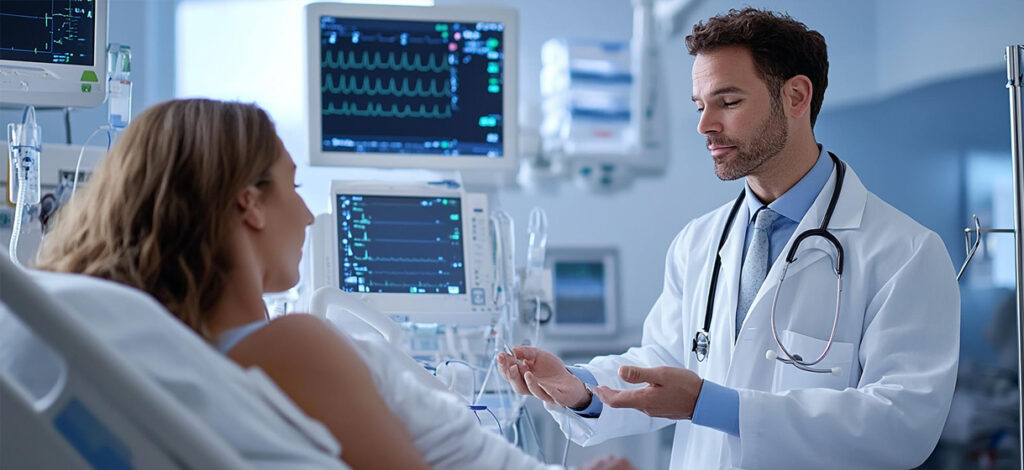
In today’s increasingly hectic healthcare world, effective management of patient information is a key element in the delivery of excellent health care. During this course of action, Healthcare Management Systems (HMS) have become essential tools in the hands of healthcare providers, facilitating seamless operations improvement, enhancing workflow efficiencies, and improving overall patient care. A good Healthcare Management System (HMS) reduces clutter, improves the accuracy of medical records, and enhances communication between patients and doctors. Roojh offers a comprehensive HMS packed with features that directly improve patient care. In this blog, we’ll explore how these systems elevate care quality—and why Roojh stands out as one of the top choices for modern healthcare facilities. Key Benefits of Healthcare Management Systems for Patient Care Improved Access to Patient Data Fast access to accurate patient data is essential for effective decision-making in any hospital. An active health management system enables medical professionals to quickly reference stored medical histories, prescriptions, test results, and treatment plans. By storing records electronically, hospitals eliminate the need for duplicate paper files, which are prone to loss or outdated, inaccurate information. Roojh empowers healthcare providers to access complete patient profiles in real-time, allowing doctors and nurses to make faster, more informed decisions. As a result, patients receive prompt and precise treatment, which minimizes medical errors and significantly improves overall care outcomes. Efficient Appointment Scheduling Managing appointments often leads to issues such as overlapping bookings, patient no-shows, or missed follow-ups—all of which negatively impact patient care. To address this, Roojh streamlines the process by automating the entire appointment scheduling system. Specifically, it sends timely reminders to both patients and healthcare staff, ensuring that patients don’t forget their appointments. As a result, no-shows and cancellations are significantly reduced. In addition, the system dynamically adjusts appointment times based on patient availability, which helps minimize wait times and enhances the overall patient flow within the facility. Consequently, this not only boosts operational efficiency but also contributes to a significantly better patient experience. An efficient scheduling system contributes to the fact that Roojh allows healthcare providers to attend to care at the appointed time, create capacity, and enhance patient experience. Enhanced Communication and Coordination Efficient communication is key to boosting patient care activities. Without a unified platform of communication, healthcare workers spend a lot of time and effort attempting to retrieve vital information, which can prove critical in timely diagnosis or treatment. The application known as Roojh changes all of this by allowing medical staff to easily share test results, updates regarding the patients, and treatment plans. For instance, when a doctor orders a laboratory test, the system automatically directs the results to the doctor’s dashboard. This enables quick evaluation and informed discussion about the patient’s care pathway. Such a streamlined flow of communication enhances collaboration and reduces the risk of miscommunication between departments, ensuring patients receive effective and well-coordinated treatment. Real-Time Alerts and Reminders Severe outcomes can result from missing critical steps in patient care. Roojh has established automated alerts and reminders, which will inform healthcare providers about important actions like upcoming appointments, follow-up tests, or overdue treatments. All notifications can be customized appropriately to a patient’s care journey. For example, when a patient needs to schedule a follow-up visit, Roojh sends a reminder to the patient and notifies the healthcare provider. This ensures the healthcare professional takes the necessary steps, maintains continuity of care, reduces missed appointments, and improves patient compliance with treatment. Streamlined Billing and Payments This situation often leads to errors, delays, and frustration for both patients and healthcare providers. Roojh simplifies billing by automating invoicing and tracking payments. It fully integrates with each patient’s records, allowing the system to accurately bill and process every service rendered. It helps lift some workload off the shoulders of healthcare staff and prevents and minimizes common issues such as missed charges or billing discrepancies. Automated reminders for the payment and online payment options provide some ease for patients to pay the bills, improved cash flow for the facility, and improved patient experience. With billing streamlined this way, a health care provider can concentrate more on what truly matters- patient care. Read More: How a Healthcare Management System Simplifies Hospital Operations Why Choose Roojh? Roojh is the best Healthcare Management System craftily designed for today’s healthcare hospital. It streamlines workflows, enhances patient care, an automates tedious administrative tasks. From managing patient records to complying with the latest healthcare standards, Roojh makes all possible efforts and provides a complete solution to improve efficiencies while reducing operational costs. Conclusion The Healthcare Management System is a powerful medium to improve patient care in several ways. It makes it possible to quickly gain patient data access, automate scheduling, improve communication, add real-time alerts, streamline billing, and safeguard sensitive information – all of these help healthcare providers deliver bettercare while reducing the administrative burden. Roojh makes it possible to take such steps. In today’s world of healthcare, where every second and absolute correctness matters, a strong Healthcare Management System such as Roojh can very well build an impact on the quality of care dispensed to a patient. Roojh it and start improving patient care immediately!
Patient Management Software: Enhancing Health Efficiency

Patient management is a very important area in a developing health care system that focuseson quality care and making the processes very efficient. Patient Management Software or PMSin the healthcare setup becomes quite a revolutionist in dealing with tasks related to patients.Such as, appointment scheduling and medical records are also done through PMS, whereeverything is kept in the same path to work more efficiently and derive great satisfaction fromthat in the life of the patient. Let us now go through the features and benefits or importance ofpatient management software in modern healthcare. What is Patient Management Software? Patient management software is the digital medium that is meant for simplifying and fine-tuningthe performance of multiple areas of a person’s life concerning patient care and administration.It furnishes healthcare facilities with an integrated system to manage appointments, histories,billing, and even communication with a unified approach toward patients. Benefits of Patient Management Software Improved Patient Care Ensures timely and personalized care by organizing patient informationefficiently. Operational Efficiency Reduces administrative workload, allowing healthcare staff to focus on coretasks. Data Security and Compliance Protects sensitive patient data while adhering to healthcare regulations. Enhanced Communication Streamlines interactions between patients and healthcare providers, fosteringtrust and satisfaction. Cost and Time Savings Automates repetitive tasks, saving time and reducing operational costs. Read More: Why Every Healthcare Facility Needs a Patient Management Software Solution? Roojh: Your Best Patient Management Solution Medical practitioners who require a versatile but very durable solution for their patientmanagement software may find one very appropriate from Roojh. Aside from being user friendly,Roojh boasts advanced applications and has well-placed emphasis on data security, allowingcare facilities to provide better patient care with optimized operations. Considerations When Investing in Patient Management Software One requirement for the software is to be patient management software, as the whole worldnow is a jigsaw puzzle, especially in patient satisfaction and productivity. PMS would helphealthcare providers: – Limit mistakes and boost proving accuracy with patient care– Guaranteed patient care provision in time– Adopt modern technology to act favourably amidst competitors Conclusion With the transformation in the healthcare industry, patient management software indeed bridgesthe gap between administering and patient care. Implementing Roojh into the healthcarefacilities will improve outcomes, result in better quality of treatment, and set new standards inexcellence. Embrace the future of managing patients and, indeed, experience the positiveimpact on the facility.

